 Also by Russell Gold
Also by Russell Gold
THE BOOM
How Fracking Ignited the American Energy Revolution and Changed the World

Simon & Schuster
1230 Avenue of the Americas
New York, NY 10020
www.SimonandSchuster.com
Copyright 2019 by Russell Gold
All rights reserved, including the right to reproduce this book or portions thereof in any form whatsoever. For information, address Simon & Schuster Subsidiary Rights Department, 1230 Avenue of the Americas, New York, NY 10020.
First Simon & Schuster hardcover edition June 2019
SIMON & SCHUSTER and colophon are registered trademarks of Simon & Schuster, Inc.
For information about special discounts for bulk purchases, please contact Simon & Schuster Special Sales at 1-866-506-1949 or .
The Simon & Schuster Speakers Bureau can bring authors to your live event. For more information or to book an event, contact the Simon & Schuster Speakers Bureau at 1-866-248-3049 or visit our website at www.simonspeakers.com.
Interior design by Lewelin Polanco
Jacket design by Math Monahan
Jacket art by Smartboy10/Getty Images
Library of Congress Cataloging-in-Publication Data
Names: Gold, Russell, author.
Title: Superpower : one mans quest to transform American energy / Russell Gold.
Description: First Simon & Schuster hardcover edition. | New York : Simon & Schuster, [2019] | Includes bibliographical references.
Identifiers: LCCN 2019015504| ISBN 9781501163586 (hardcover) | ISBN 9781501163593 (pbk.) | ISBN 9781501163609 (Ebook)
Subjects: LCSH: Skelly, Michael, 1961- | Energy industriesUnited StatesBiography. | BusinesspeopleUnited StatesBiography. | Energy policyUnited States.
Classification: LCC HD9502.U52 S634 2019 | DDC 333.79/4092 [B]dc23 LC record available at https://lccn.loc.gov/2019015504
ISBN 978-1-5011-6358-6
ISBN 978-1-5011-6360-9 (ebook)
For L.G. and R.G., who have renewed me
While everybody talked about the weather, nobody seemed to do anything about it.
CHARLES DUDLEY WARNER , Hartford Courant, 1897
Contents
No Mans Land
W hen Michael Skelly first visited the Oklahoma panhandle in the summer of 2009, he had a good idea of what he would find. He expected lots of sunbaked and windswept open space, and he wasnt disappointed.
It was a hot day as he drove west from Guymon, the largest town in the panhandle, into a landscape that was pancake flat and dry. There were only a handful of trees. For mile after mile, the two-lane Highway 3 ran straight as a matchstick. Every mile, a dirt road intersected the highway and headed off toward the horizon at a 90-degree angle. The land was a giant grid containing squares of corn, milo, and grassland. There were few houses, one every mile or so. Half had been abandoned decades ago by homesteaders who gave up their fight with the elements.
Skelly didnt want to fight the elements. He wanted to harness them.
Gazing at the landscape, Skelly grew excited. He knew no place is perfect for energy development. But the panhandle was quite good. There was lots of room to build, thousands of square miles. Local landowners were supportive. No endangered animals lived there. You could build renewable energy here, he thought, on a scale that could change the country and maybe even the planet.
The wind rarely stopped blowing. A bestselling midcentury travelogue joked that homes here had a crowbar hole... designed to check on the weather. You shove a crowbar through the hole: if it bends, the wind velocity outside is normal; if the bar breaks off, it is better to stay in the house. A few years earlier, Skellys former employer, a wind farm developer, had erected a couple of needle-thin meteorological towers with instruments to measure wind speed. They were the tallest structures for miles around. The results were striking. The winds were strong and surprisingly steady. The data collected was good enough to go to a bank and get financing for a wind farm, but Skelly had never done anything about it. The region was too remote. Sure you could generate a lot of power, but then what? Where would it go?
The sun was also relentless. On the giant interconnected power grid that runs from Nova Scotia, along Canadas Atlantic coast, down to Miami and across to Montana, the sunlight is strongest in the Oklahoma panhandle and an adjacent area in New Mexico. If you put identical solar panels in the westernmost counties of Oklahoma and in Miami, you would generate one-third more electricity in the panhandleand nearly twice as much as in Cleveland, Pittsburgh, or Albany. In the 1970s, the Guymon Daily Herald ran a box on the top left of the paper every day that proclaimed the city was the Sunshine Capital of the World.
At the time, Skelly was in his late forties. He was the human equivalent of a meteorological tower: slightly more than six feet tall and fit from years of biking to and from his office in Houston. Skelly had bushy hair and wore browline glasses. He was a departure from an earlier generation of wind farm builders and solar panel enthusiasts who were more interested in creating sustainable energy than sustainable businesses. Skelly wanted to make a profit, because profits would attract new investors and money into renewable energy.
Traveling around the panhandle, Skelly allowed himself to think big. He envisioned an energy development unlike anything ever built before. It would be enormous, and would generate power at a cost lower than anything that had come before it. And because the sun and the wind were so steady, the power would be available, on average, nearly twenty hours a day.
The panhandle had a lot to recommend it as a place to build renewables. But there was a big drawback. No one nearby needed the power. Skelly planned to solve this problem by building a long extension cord: one end would be plugged into the panhandle; the other end would reach east until it crossed the Mississippi River. It would be the first of a set of transmission lines he wanted to build that would carry current hundreds of miles from one state to the next, stitching together the country and delivering low-cost, carbon-free electricity. He would upgrade the existing power grid, a century-old engineering marvel that tied together power plants burning a lot of fossil fuels. Its an environmentally reckless business model in need of reimagining, he thought. Skelly dreamed of a new grid that could power modern society without contributing to the darkening cloak of carbon dioxide around the Earth.
Of course, such a grid would cost billions and billions of dollars. Skelly wanted to show it could be done, and done profitably. It was ambitious but necessary, he figured. If we dont do it, he thought to himself, who is going to do it?
A year before Skellys visit, Carroll Beaman had also concluded the Oklahoma panhandle was a good place to erect wind turbines.
He was born on an infamous day in the regions history. I came in with a storm, he said. Beginning in early 1932, enormous dust storms blew across the Oklahoma panhandle and neighboring states. The wind scooped up millions of tons of topsoil that homesteaders had plowed up in their misguided effort to turn well-adapted grassland into fields of wheat. After a few years of this new agricultural practice, there were no more roots to hold the soil in place. A strong wind would create giant moving clouds called dusters. The region became known as the Dust Bowl. It was one of the worst man-made environmental disasters ever, and it led to mass migration.




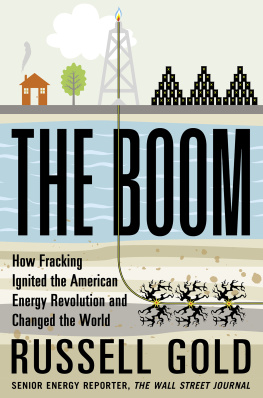


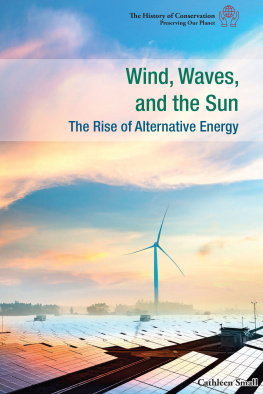

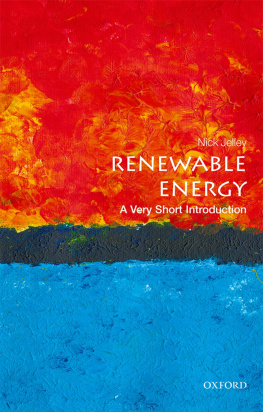



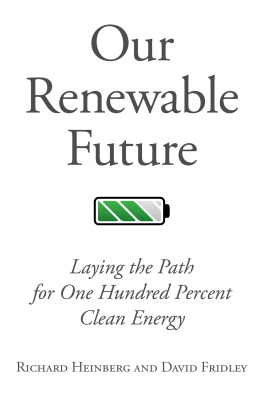
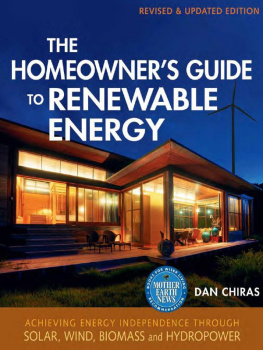
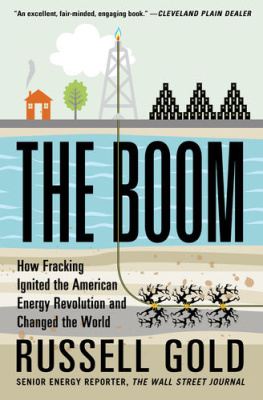
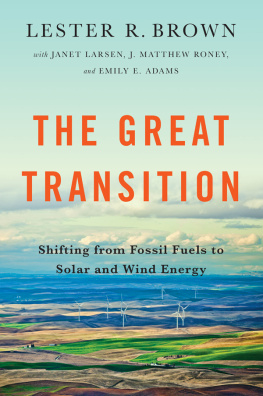

 Also by Russell Gold
Also by Russell Gold
